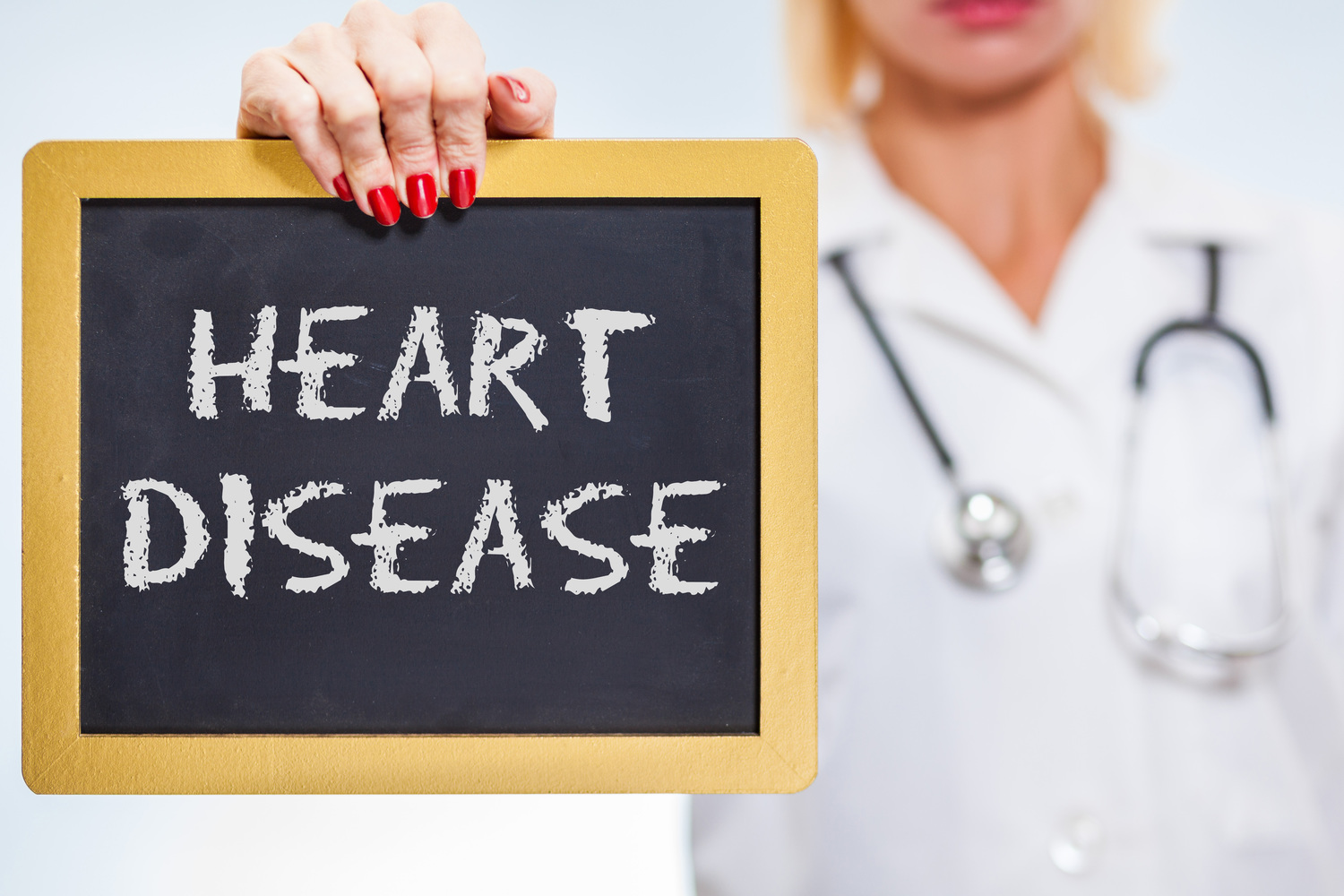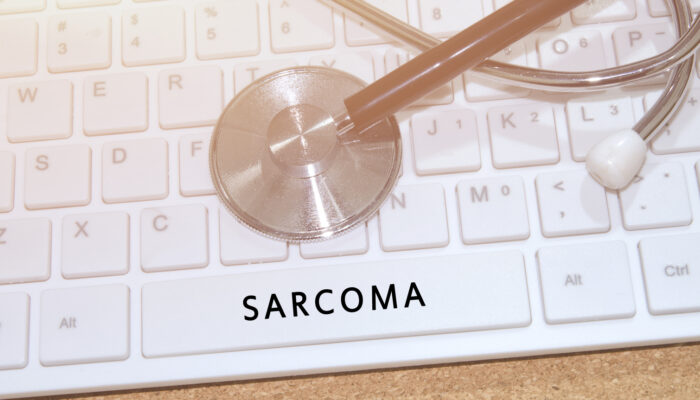
Different Types of Heart Disease and Treatment Options
Plus, The Best and Worst Foods For Heart Disease
Heart health is essential to overall well-being, as the heart plays a vital role in circulating oxygen-rich blood throughout the body. Heart disease is a general term that refers to various conditions that can affect the heart’s ability to function properly. Some of the most common types of heart disease include angina, which is characterized by chest pain or discomfort; heart attacks, which occur when blood flow to the heart is blocked; arrhythmias, which refer to irregular heart rhythms; congenital heart conditions, which are present at birth; high blood pressure, which can damage the heart and blood vessels over time; and inherited heart conditions, which are caused by genetic mutations. Understanding the different types of heart disease is essential for identifying and managing potential risk factors and improving heart health.
Diet plays a crucial role in heart health, and consuming a balanced diet rich in nutrient-dense foods can help lower the risk of heart disease. Some of the best foods for heart health include fruits, vegetables, whole grains, lean protein sources, and healthy fats. On the other hand, some foods can have negative impacts on heart health. Foods high in sodium, such as processed and packaged foods, can trigger episodes of atrial fibrillation, while alcohol and caffeine can worsen symptoms. By avoiding the worst foods for atrial fibrillation and focusing on nutrient-dense options, individuals can improve heart health and reduce the risk of heart disease. Additionally, those with heart disease can try some of these treatments:
1. Medications
A range of medications can be used to treat heart disease, including statins to lower cholesterol levels, blood thinners to prevent clots, and beta-blockers to reduce blood pressure and heart rate. It is essential to follow the doctor’s instructions and take medications as prescribed to manage congenital heart defect (CHD) symptoms and symptoms of other heart diseases effectively.
2. Lifestyle changes
Lifestyle changes are an essential part of managing heart disease. Eating a heart-healthy diet that is low in saturated fat, trans fat, and cholesterol and high in fiber, fruits, and vegetables can help lower cholesterol levels and reduce the risk of heart disease. Maintaining a healthy weight and getting regular exercise can also improve heart health by reducing blood pressure, strengthening the heart, and improving circulation. Quitting smoking is crucial to managing heart disease because smoking can damage the blood vessels, increase the risk of clots, and raise blood pressure. Mitral valve prolapse (MVP) is a type of heart disease that occurs when the valve between the heart’s left atrium and left ventricle doesn’t close correctly, causing blood to leak backward into the atrium. In mild cases, MVP may not require treatment and can be managed through lifestyle changes, such as avoiding caffeine and other stimulants, reducing stress, and getting regular exercise.
3. Edwards Sapien TAVR replacement
The Edwards Sapien TAVR replacement is a minimally invasive procedure that is an alternative to traditional open-heart surgery for individuals with severe aortic stenosis. Aortic stenosis is a condition in which the heart’s aortic valve narrows and restricts blood flow, causing chest pain, fatigue, and shortness of breath. During a TAVR procedure, a small incision is made in the groin or chest, and a catheter with a collapsible replacement valve is inserted and guided to the heart. Once in position, the new valve is expanded, and the old valve is pushed aside, restoring normal blood flow.
4. Cardiac rehabilitation
Cardiac rehabilitation is a medically supervised program that is designed to improve cardiovascular health after a heart attack, heart surgery, or diagnosis of heart disease. The program typically involves exercise training, education on heart-healthy lifestyle changes, and counseling to reduce stress and anxiety. Cardiac rehabilitation is beneficial for several reasons. Firstly, it can help individuals recover from a heart attack or surgery more quickly and safely. Secondly, it can improve cardiovascular health by reducing blood pressure, improving cholesterol levels, and strengthening the heart muscle. Finally, it can provide emotional support and education on how to manage heart disease effectively.
5. Heart devices to monitor ECG/EKG
ECG/EKG monitors can be used to track heart activity and identify irregularities. Devices such as implantable loop recorders or wearable devices can continuously monitor the heart and send alerts to the doctor if any irregularities are detected. The best ECG monitors for heart monitoring will depend on an individual’s specific needs and the advice of their doctor.



